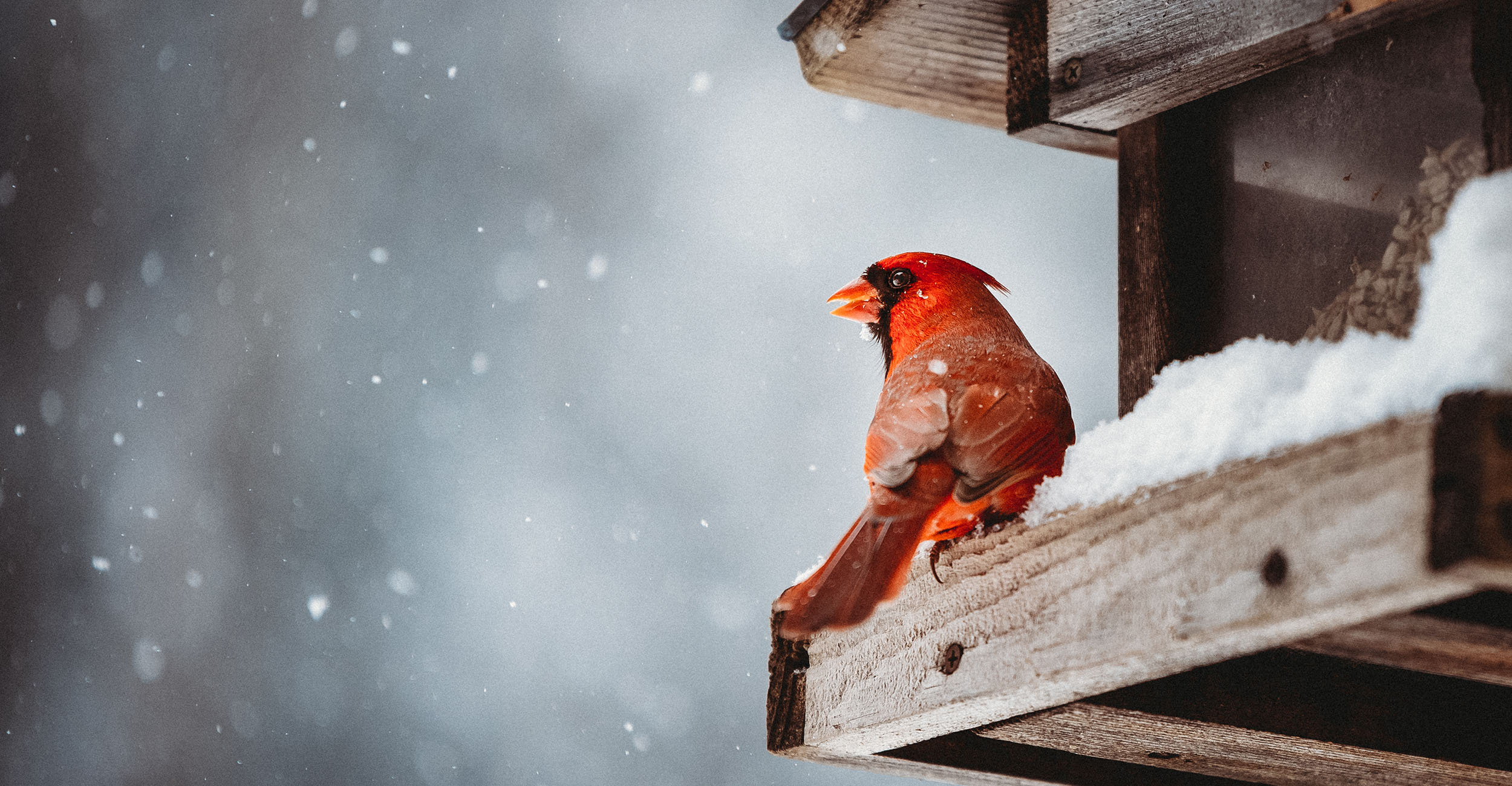
Birds bring enjoyment to winter landscape
Monday, December 12, 2022
Media Contact: Trisha Gedon | Sr. Communications Specialist | 405-744-3625 | trisha.gedon@okstate.edu
Gardeners who enjoy seeing the brightly colored flowers and shrubs in the landscape during the warm summer months have the added benefit of observing birds as these feathered friends eat berries, insects and nectar.
Now that cold weather has arrived, birds may be sparse in the landscape. Gardeners can continue enjoying birdwatching by providing food, water and shelter to attract more birds, said David Hillock, Oklahoma State University Extension consumer horticulturist.
“Birds in the landscape can bring a lot of enjoyment for the whole family. Always keep the birds in mind when planning your landscape,” he said. “Food and water are readily available throughout the spring and summer, but it can be slim pickings for birds in the winter months.”
During the winter, birds’ natural food supply is dead or dormant, so it’s important for homeowners to provide high-calorie, high-fat foods that will help keep birds well-fed throughout the season. Suet, peanuts, sunflower seeds, peanut butter and Nyjer (thistle) are all good options.
“Be sure to match the feeder and the seed to the type of birds you want to attract. Smaller birds such as chickadee, tufted titmouse and finch prefer the tube feeders while larger birds including cardinals and blue jays prefer hopper or platform feeders,” he said. “Some birds like the morning dove eat seed from the ground.”
Don’t limit the food offerings to seed and suet. Fruit feeders are a great way to provide needed energy for birds. Load them with wedges of oranges, apples or sliced bananas.
Water is important for birds because they not only drink it, but also clean their feathers with it. Clean feathers insulate much better against the cold than dirty feathers. A birdbath adds visual interest to the landscape and provides a watering hole for the birds.
“In addition to food and water, birds also need shelter from the harsh elements and predators. Something as simple as a pile of broken branches, prunings or other plant material can provide needed shelter,” Hillock said. “Bird houses and bird roost boxes are good options for protection, too, especially when placed out of the northern wind. Gardeners can help by providing nesting materials such as yarn, scraps of cloth or even dryer lint for the birds to use as insulation.”
Watching birds in the landscape can be an educational opportunity for the whole family. Check out a bird book from the library and see how many different species can be found in the neighborhood.
